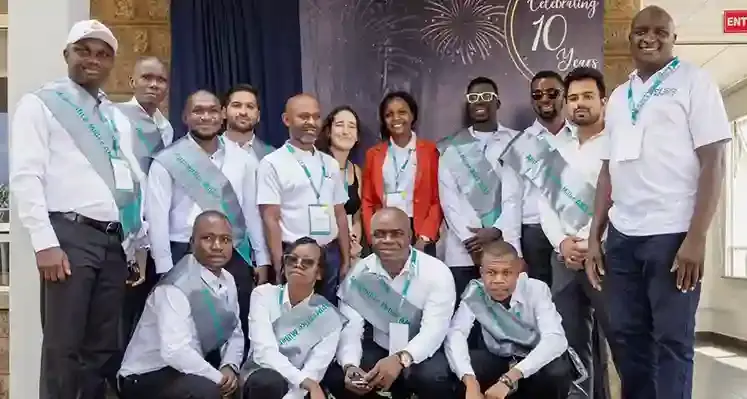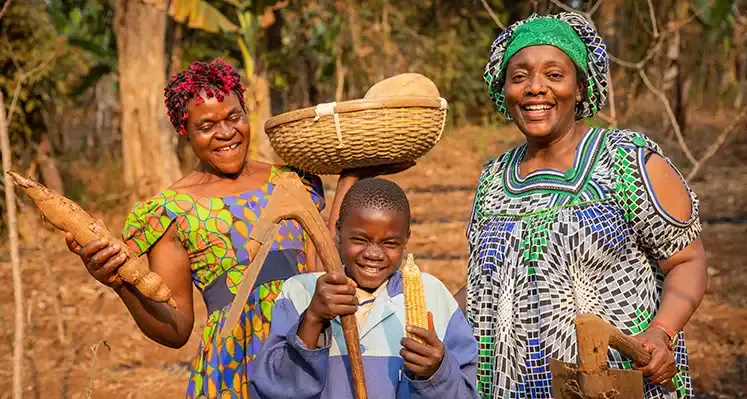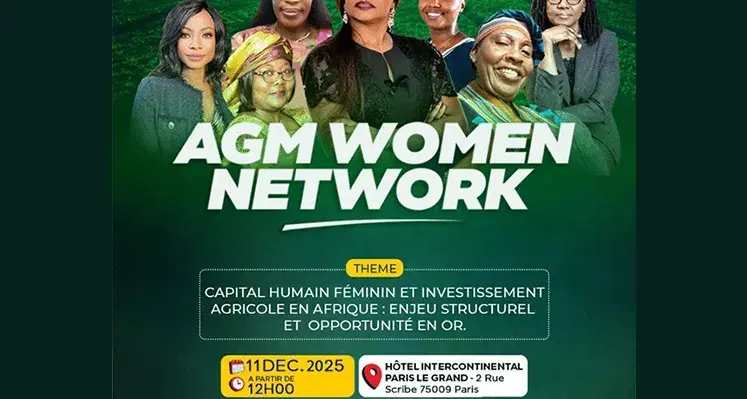Swiss technology group Bühler has celebrated the 10th anniversary of its African Milling School (AMS) in Nairobi, Kenya, marking a major milestone in the development of skilled professionals for Africa’s food and feed industries.
The anniversary event, brought together more than 100 guests, including customers, alumni and industry partners, while also celebrating the graduation of 15 students from seven countries.
Since opening its doors in 2015, the African Milling School has trained more than 1,600 millers from over 30 countries across Africa, the Middle East and India. At a time when food systems face mounting pressure from climate change, supply chain disruptions and labour shortages, the role of skilled millers has become increasingly critical in safeguarding productivity, resilience and food security.
AMS was Bühler’s first dedicated training mill on the African continent, created in response to strong customer demand for qualified milling professionals. Nairobi was selected as a strategic location due to its accessibility, modern infrastructure and regional connectivity. Following four years of planning and construction and an investment of approximately CHF 5 million, Bühler established a state-of-the-art training centre that combines advanced facilities, practical learning and expert instruction.
The school’s education model is based on the Swiss dual-training system. Students spend five months working in their home countries and one intensive month at AMS, completing four modules over two years. Classroom-based learning in the mornings is paired with hands-on practical training in the afternoons, ensuring immediate application in real-world milling operations.
“When we started the African Milling School, our focus was on education that truly makes a difference: training millers to optimize productivity and maximize yield,” says Martin Schlauri, the first Head of African Milling School. “Skilled operators are the backbone of efficient plants, and through proper education, they can deliver tangible results for their companies and the communities they serve.”
Over the past decade, AMS has expanded well beyond traditional flour milling. Its curriculum now includes feed milling, coffee processing, grain handling, baking technology and plant-based proteins. Courses are delivered through on-site, online and hybrid formats, making learning more flexible and accessible.
Alumni consistently highlight the school’s impact. “The Apprentice Miller Program really opened my eyes to the full picture of the flour milling industry – from technology to grain science,” says Sulaiman Al Saqri of Oman Flour Mills. “It helped me improve how I operate and troubleshoot in the plant every day.”
Industry leaders echo this view. “The African Milling School is more than a training center – it’s an engine for industry excellence,” says Sharuq Sokwalla, Managing Director of Grain Industries Limited in Kenya.
For Bühler, the long-term vision is clear. “The African Milling School is more than an educational institution – it is a catalyst for transformation,” says Dario Grossmann, Head of Bühler’s Milling Academy. Through its growing global education network, Bühler continues to equip the next generation of milling professionals with the skills needed to shape the future of food.












